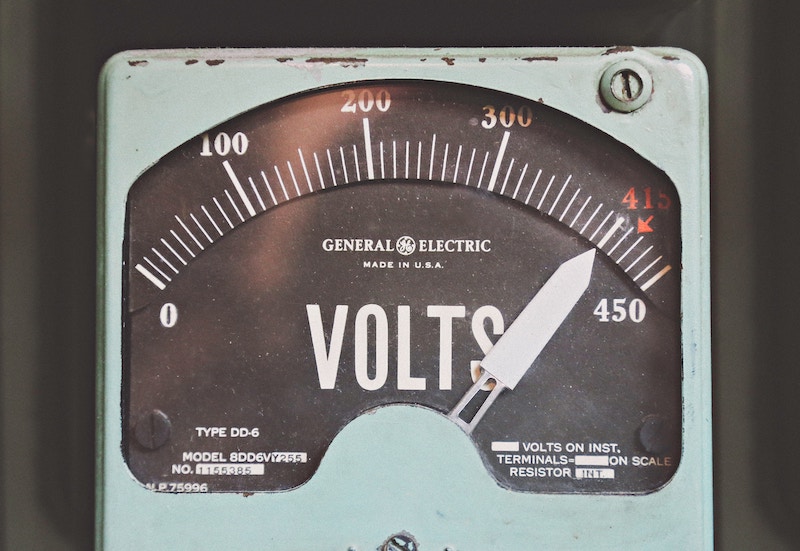Renewable Energy Storage
Here at PowerHub, we talk a lot about asset intelligence in solar energy.
With dipping prices lowering the barrier to entry, the technology available to install and profit off of solar projects has never been better. And while certain markets aren’t looking too inviting (cough Ontario), many markets are friendly to new developers and existing producers.
Especially in these markets, where there’s potential for high profits, adding storage to new or existing projects provides clear business growth opportunity.
The move towards coupling storage with renewable energy sources is undeniable, and growing. The value of the U.S. storage market alone is set to double to $973 million in 2019, then predicted to double again in 2020.
Companies like Tesla have placed solar-plus-storage solutions that convert the DC-energy produced into AC-energy stored for later use, into the everyday vocabulary of the energy conscious. Technically, this keeps the extra energy you might produce on site (aka in a battery) instead of feeding it into the grid.
But if you’re producing energy to sell to the grid—that is, if like all of PowerHub’s partners you’re more than just a rooftop-solar-to-power-your-fridge average Joe—why would you need storage? And what do you need to think about if you’re considering adding it to your existing solar sites?
“Energy storage technologies like solar batteries provide electric utilities and energy users more flexibility in the way that they generate and use electricity,” explains EnergySage, “particularly electricity sourced from solar and wind.”
The dirtiest time for energy generation is during high-demand (let’s say, a cold Canadian winter evening) with low-supply of clean energy (a long, dark night). So if we’re serious about making renewable energy a big part of our energy production, no matter the time of day or year, storage is perhaps the biggest part of that puzzle.
This is why we’ve observed that the number one reason, especially for our solar partners, to focus on storage is to defeat the mighty duck curve (for the uninitiated, this curve is defined by the daily imbalance between post-sunset’s high energy demand and low solar generation – see Exhibit A to your right).
In a recent podcast with Ed Maguire, the VP of business development at energy-solutions company Pathion, Bonnie Lind, called the rise of storage an opportunity for grid and community resilience.
Simply put, the core benefit of storage is in allowing you to balance times of high supply and low demand (store) with low supply and high demand (use or sell the stored). This can be throughout the course of one day, or an uncertain period of time.
Clearly, there are a lot of reasons to consider making storage part of your asset management portfolio.
But like every asset, storage needs to be considered in terms of :
1) short- and long-term costs (including installation, maintenance, repair),
2) short- and long-term profits, and
3) ancillary considerations that could affect cost and profit. Which aging inverters will you need to replace as you implement a storage solution? Will you need to add new inverters? How long is the warranty on this new equipment? Is the composition of the battery optimal for the climate of your site? Are you in a state or country that regulates the functionality of batteries, like California? Based on the current storage equipment and maintenance prices, does your ROI make sense?
4) timing. For ancillary benefits to accrue to your site you often enough need to be one of the first movers in a given market or area. So start thinking about this earlier than later as there won’t be that many “ancillary services” contracts around.
On PowerHub’s uniquely flexible platform, you can easily access the information you need to make these decisions, as well as monitor the performance of your storage units as separate assets. Whether your portfolios are made up of wind, solar, hydro, storage or all of the above, let PowerHub give your team unprecedented asset intelligence in 2019.




